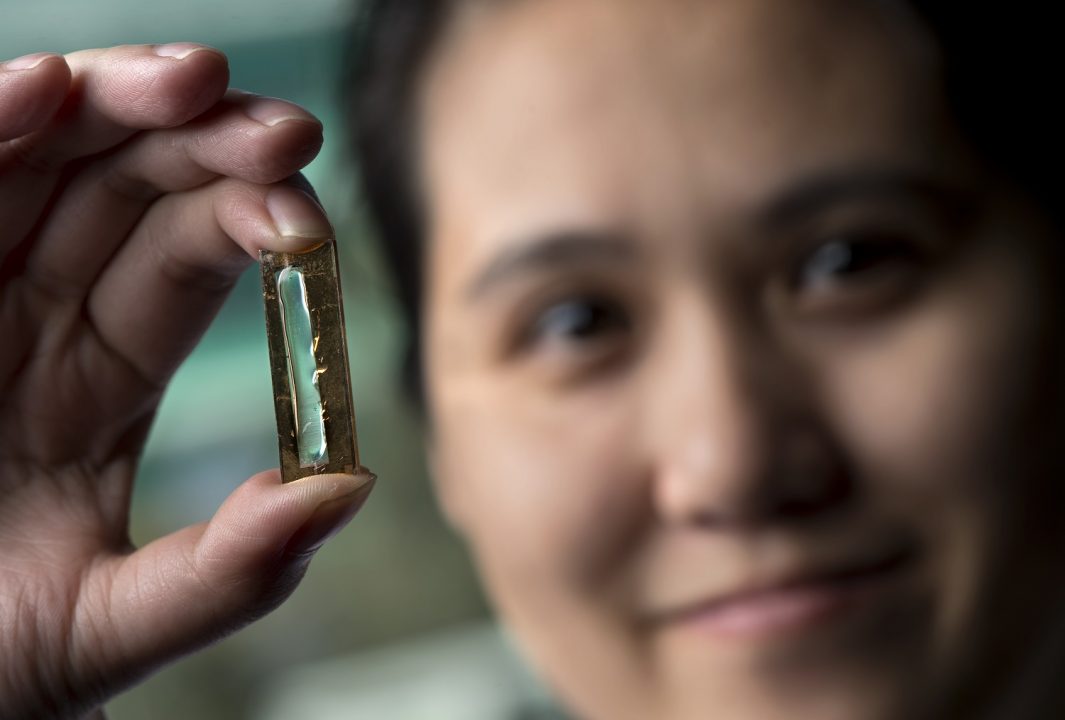Science & Tech
Researchers Accidentally Made a Battery That Could Last a Lifetime

All kinds of electrical devices we have today are made to have a limited lifetime, which perfectly serves the interests of the consumerist society we live in. Just think about it: if all home appliances and electronic devices we use daily were designed to last, would we need to constantly buy new ones?
Batteries are no exception to this. Even the best-performing lithium batteries can work efficiently up to 500 charge cycles, after which they lose their capacity and need to be replaced. Now, researchers led by doctoral candidate Mya Le Thai of the University of California seem to have created a battery with a lifespan of over 200,000 charge cycles, which is 400 greater than that of the batteries currently available in the market! Moreover, this remarkable invention was made as a result of an accident in the lab.
“Mya was playing around, and she coated this whole thing with a very thin gel layer and started to cycle it,” Reginald Penner of the University of California said in a press release. “She discovered that just by using this gel, she could cycle it hundreds of thousands of times without losing any capacity.”
The initial goal of the research was to develop a solid-state battery using gold nanowires instead of lithium and an electrolyte gel instead of liquid. In fact, lithium batteries have some major drawbacks: the liquid they contain makes them combustible and sensitive to temperature while lithium inevitably corrodes inside the battery over time. Thus, using nanowires and gel, the researchers were seeking to create an improved version of the conventional battery.
Nanowires are highly conductive but also extremely fragile. However, when they were coated in manganese dioxide with the addition of electrolyte gel, the system was found to be far more resilient than any other known battery systems.
“That was crazy,” Penner said, “because these things typically die in dramatic fashion after 5,000 or 6,000 or 7,000 cycles at most.”
Of course, this new battery would still have to be recharged, but the point is that its impressive lifespan of 200,000 charge cycles is more than enough to cover the lifetime of most devices, including computers, smartphones and even vehicles. And the best part is that it doesn’t lose its capacity as quickly as conventional lithium batteries, which become less and less efficient as you charge and recharge them. The researchers have been testing the new battery for three months and it was found to have lost only 5% of its capacity! Just imagine if your 5-year-old laptop held a charge the same well as if you bought it just yesterday.
The problem is that the researchers haven’t fully understood the mechanism of the system yet. Also, the battery hasn’t been tested with some kind of device to make sure that it can potentially be used in consumer electronics and have the same impressive efficiency. Another challenge is a high cost of gold nanowires – even despite the fact that they are thousands of times thinner than a human hair, their use would significantly increase the market price of the battery. For this reason, the team is now conducting new experiments with nickel to see if they can achieve the same (or similar) level of efficiency.
In any case, the results of this research are promising and could revolutionize the market. However, I’m not sure if electronics giants of the world will be the same enthusiastic about a battery that could last a lifetime as we are.
Meanwhile, check out this documentary that perfectly explains why products we can’t imagine our life today (such as light bulbs or fridges) are made to last much less than their actual technical capabilities:
https://www.youtube.com/watch?v=-1j0XDGIsUg
Image source: Steve Zylius / UCI
Typos, corrections and/or news tips? Email us at Contact@TheMindUnleashed.com
